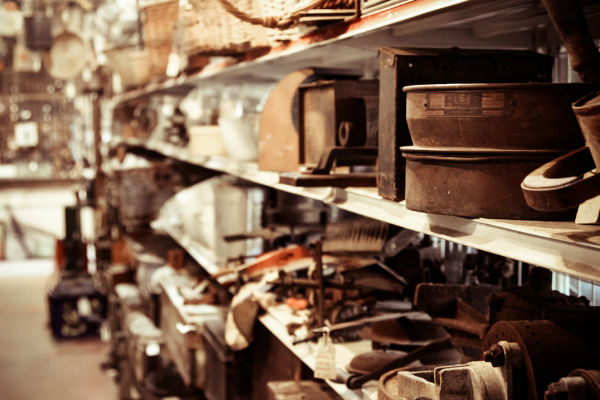If you are in the business of collecting ancient art, rare artifacts like Egyptian antiques or ancient coins then you will be all too aware of the number of fake pieces that are out there and the number of people who see this as an opportunity to sell a fraud. We have been speaking with some of the team at the Sadigh Gallery in New York, who have had to step up the way ind hick they appraise pieces in order to ensure that they are not falling victim to any kind of art scam. The average collector may not have the resources that a gallery of this size has and so I asked them to share some tips on how you can stay safe when you are buying pieces of historic art.
The Smell Test
The smell test is one of the most crucial tests to carry out when you are buying a new piece and it relies heavily on your gut instincts. Whether you are buying a piece online, from a collector, at a market or even from a friend you should carry out this short test. The basics of this are that if the deal, the piece, the seller or the terms don’t smell quite right, then don’t part with your money. Of course if you have found a cheap bargain and can afford to take a small risk then do so by all means, beyond that, trust your nose.
Resources
If you plan to become a collector of ancient pieces then you must have a perfect idea of what it is that you are looking for. This means going through all of the available resources that you can find in order to get things right. Let’s assume you are looking for an ancient coin, you need to know every detail of it, which metal would’ve been used, what signatures and marks you’d expect to see and also have a good idea of price. Ancient art is very easy to manipulate and imitate with modern day tools and machinery so you must know exactly what you are looking for.
Online
Selling online is one of the easiest way for fraudsters to sell things without any backlash and this is why you should never buy high valued items on sites such as eBay. If you do find a piece which you have been looking for then you should do all that you can to actually go and see the piece yourself, touch it, review it and use your research to tell you whether or not it is genuine. Unfortunately far too many people put their faith in others online and that has resulted in many losing a great deal of money after buying something which they thought was real that turned out to be a cheap copy.
The key is to be careful, check your sources, know your stuff and if the deal looks to good, it probably is. If you have any tips or tricks, feel free to share them below or contact us and let us know!



Leave a Reply